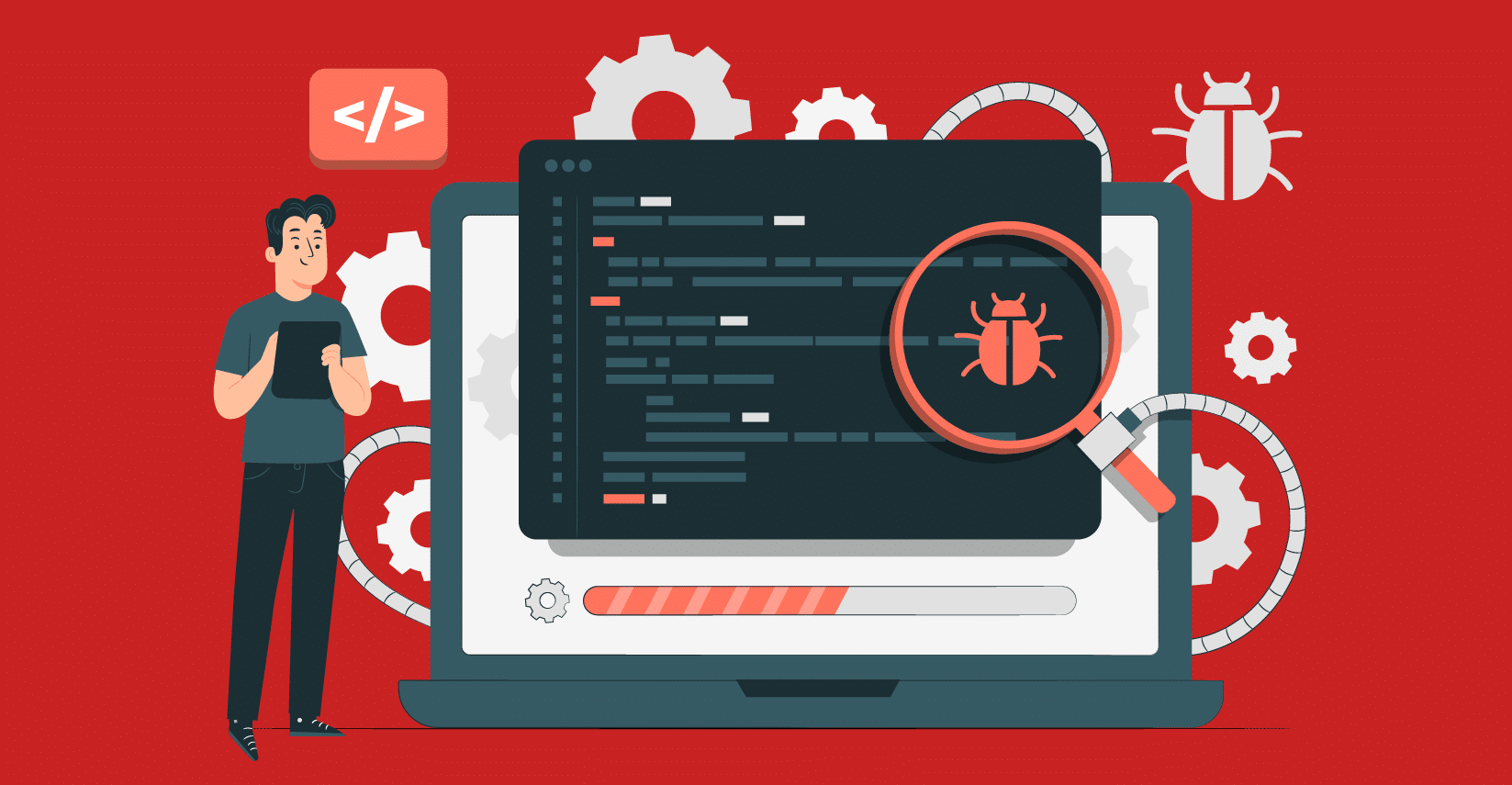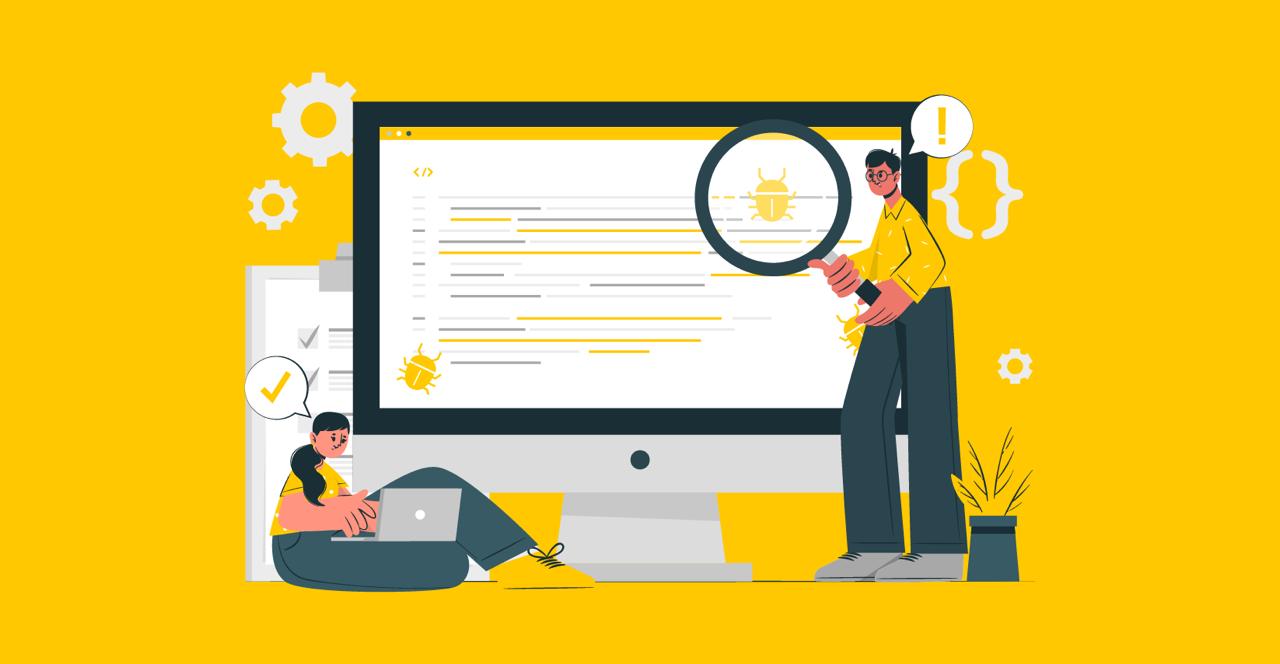Bug tracking is a very important aspect of software development, but at the same time, it can be frustrating and time-consuming. One miscommunication or a wrong step can compromise the entire functionality and quality of your product. In this article, we will provide some insight into how to enhance QA workflow when using bug tracking software.
1. Define a Clear Workflow
One of the most important tips for improving your QA workflow is to define it right off the bat. Define the set of rules that are meant to guide you through the testing process. Is there a common terminology or language that you are planning to use? What about prioritization methods? A clear workflow should help you avoid delays caused by inconsistency or confusion.
2. Use the Right Tools
When improving bug-tracking workflow, you need to make sure that you use the right software for that. The app should not only be easy to use, but it should feature all of the integrations that you require. Consider the needs and processes of your team before narrowing down on your preferred option.
3. Conduct Thorough Tests
When it comes to enhancing your QA workflow, you must make sure you test as thoroughly as possible, before and after you fix the bugs. Testing is an essential step to ensure your product meets all the quality expectations and requirements.
Plus, you may be fixing a bug, but you know how fickle software codes can be: you solve one error, and three others show in its stead. Use a test management tool to keep track of all those defects, as it can help you prioritize them based on their impact.
4. Communicate Efficiently
If you want to ensure good workflow, then you must ensure that you and your team are communicating efficiently. The same thing applies to every stakeholder – they need to be kept in the loop. The faster they can be informed about a potential problem, the quicker they should be able to solve the issue. A good idea would be to use your bug testing program as a centralized platform for communication, where each person involved is notified quickly.
5. Embrace Feedback
When developing a certain piece of software, you do it with one goal in mind: to make it easy to use for the end user. You want the clients to be impressed enough by the quality of the product that they keep using the program.
For that, you need to embrace feedback from everyone, including your customers, your team, and the end users. Once you have that analyzed, implement the changes in your bug-tracking process and cross-reference it using a test case management tool. If a certain complaint is recurring, then it’s a sign that you need to make a change.
6. Agile Integration for Dynamic Workflows
Explore the integration of bug tracking software within Agile methodologies. Embrace iterative testing, continuous feedback loops, and adaptive planning to ensure that bug tracking aligns seamlessly with the Agile development cycle.
7. Enhancing User Experience Through Bug Fixes
Consider the impact of bug tracking on the overall user experience. Prioritize bugs that directly affect the end user, focusing on improving usability and addressing issues that could potentially hinder user satisfaction.
8. Collaborative Bug Triaging and Resolution
Facilitate collaborative bug triaging sessions where team members collectively assess and prioritize reported issues. Encourage open discussions to derive innovative solutions and efficiently resolve bugs, fostering a sense of teamwork.
9. Effective Documentation Practices
Implement comprehensive documentation practices within your bug tracking process. Documenting bug reports, resolutions, and testing scenarios ensures a centralized knowledge base. This documentation serves as a valuable resource for future bug identification and resolution.
10. Incorporating Exploratory Testing
Introduce exploratory testing methodologies alongside traditional testing approaches. Encourage testers to explore the application dynamically, identifying potential areas of improvement that might not be captured in scripted test cases.
11. User Story Integration for Contextual Testing
Align bug tracking with user stories to provide contextual relevance to testing scenarios. Integrating user stories into bug tracking helps testers understand the broader context of reported issues, leading to more precise testing and targeted bug resolutions.
12. Security-Focused Bug Identification
Enhance your bug tracking process to prioritize the identification of security-related bugs. Implement security testing protocols to identify vulnerabilities, ensuring that the software not only meets functional requirements but also adheres to robust security standards.
13. Post-Release Bug Monitoring
Extend bug tracking beyond the development phase to post-release monitoring. Implement strategies to monitor software performance in a live environment, enabling quick responses to unforeseen issues and continuous improvement in subsequent releases.
14. Inclusive User Feedback Channels
Establish channels for inclusive user feedback on identified bugs. Encourage users to report issues, provide feedback, and actively participate in the improvement process. This user-centric approach enhances the overall bug tracking workflow.
By incorporating these additional sections, your bug tracking workflow will not only address existing challenges but also adapt to evolving industry trends, methodologies, and user expectations.
The Bottom Line
Enhancing QA workflow can be easily done, as long as you employ the right tactics. With a clear strategy and the proper tools, you can improve the quality of an app by finding all the bugs in a code.


























